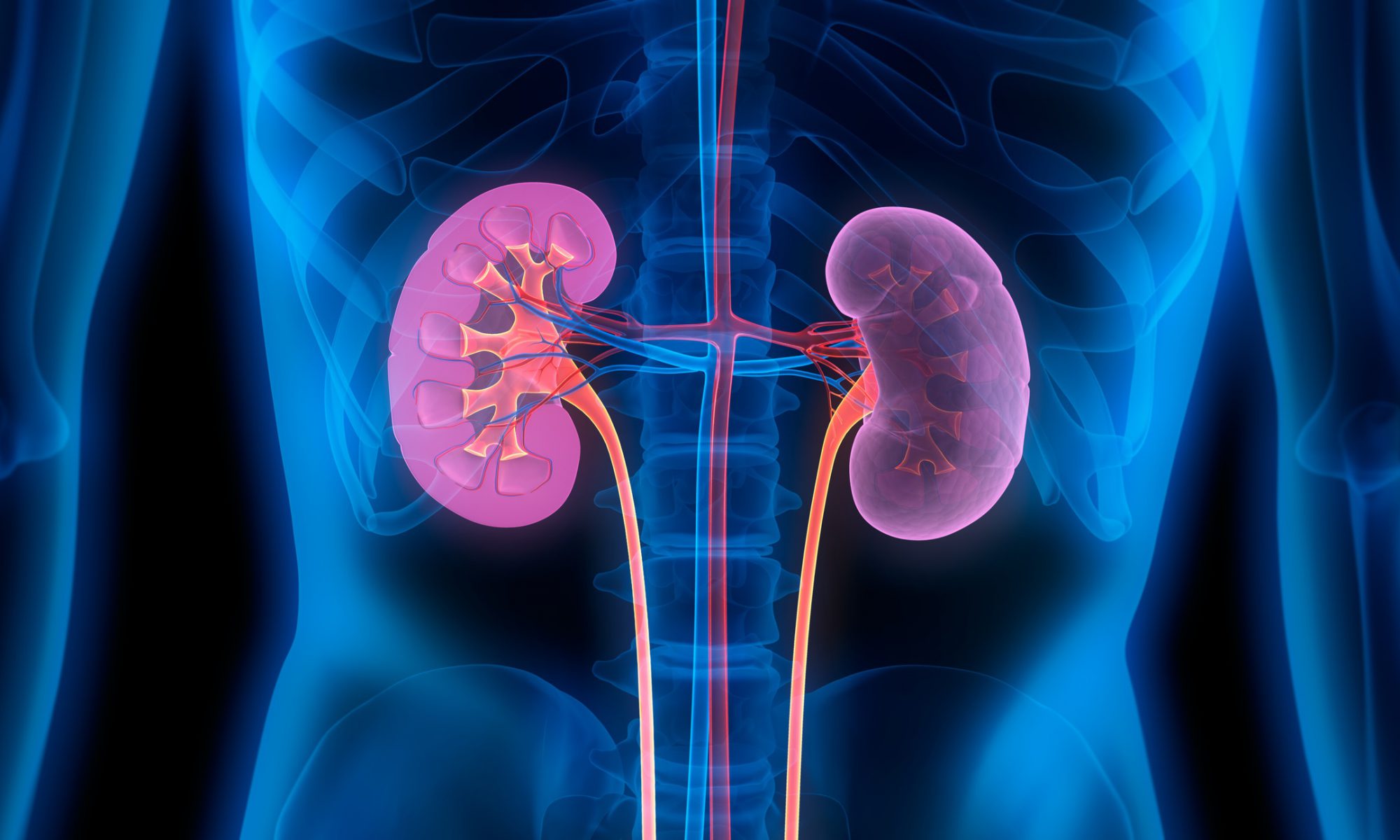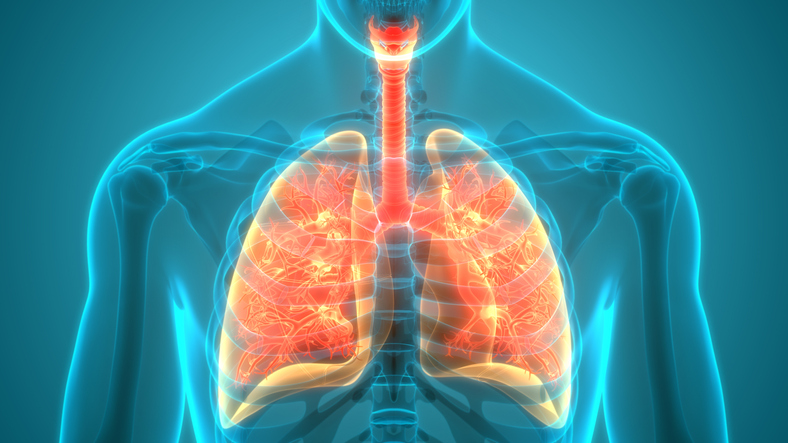A database analysis showed 22% of heart transplant recipients who survived to 1 year and received follow-up were employed full time at 1 year and nearly 33% were employed at 2 years after transplant.
In a retrospective analysis of more than 10,000 heart transplant recipients who survived to 1 year with follow-up, researchers also found that employment at the time of listing or transplantation was strongly associated with employment after surgery. Read the full story in Healio.








